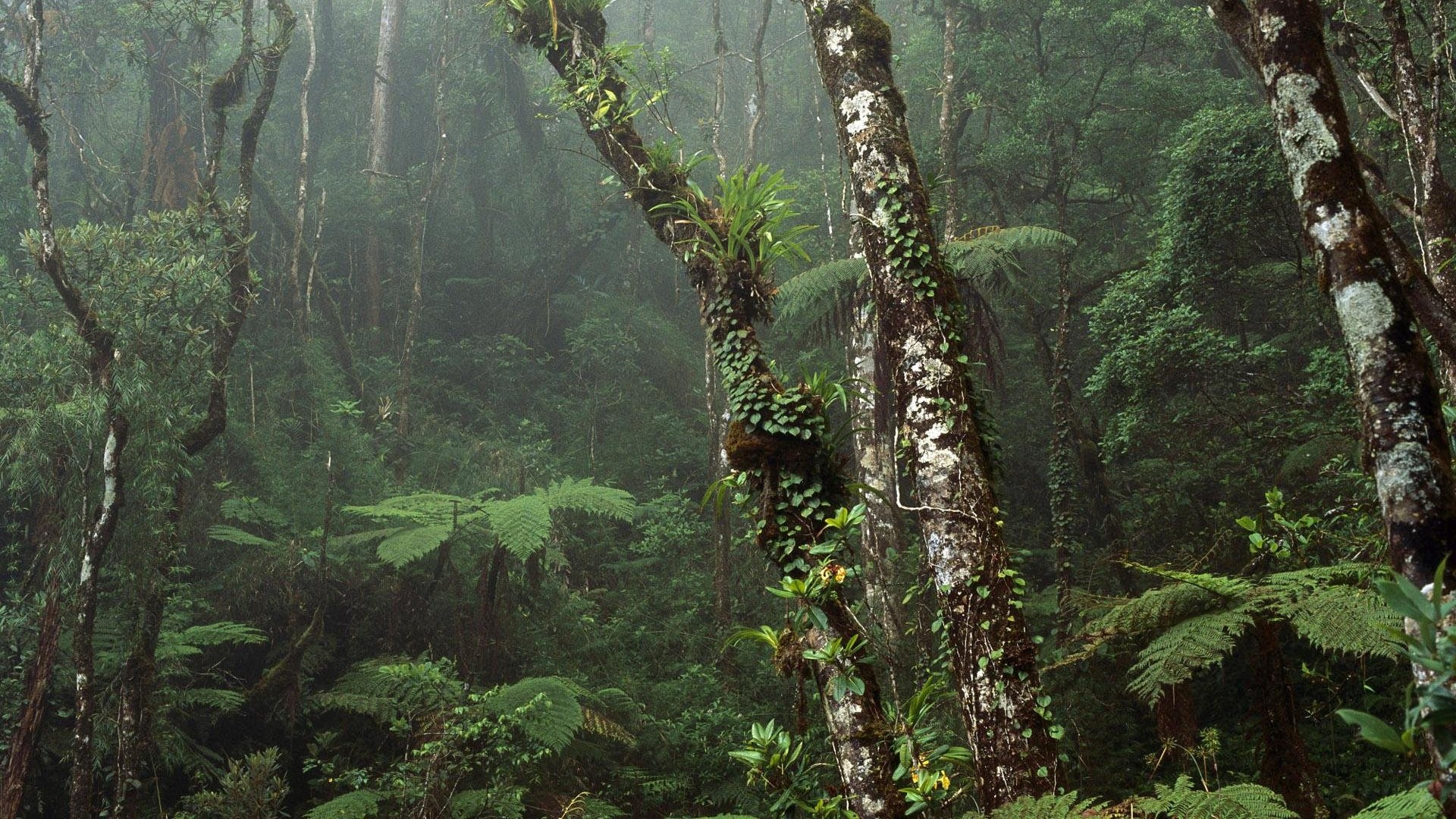Map of Soil Biodiversity
Map of Soil Biodiversity
The ground beneath us is alive, very alive. A single gram of soil (about a fifth of a teaspoon) can contain thousands of species of bacteria, and millions of individual cells. It might also be packed with fungi, microscopic worms, and other strange creatures like tardigrades and rotifers.
A new atlas, released at the United Nations Environment Assembly in Nairobi, attempts to map this biodiversity around the world.
“When we think about biodiversity, we usually think about plants and animals,” says Alberto Orgiazzi, a soil biologist with the European Commission’s Joint Research Centre and one of the principal authors. “But there’s a huge world of organisms under our feet.” Those organisms play important, but largely unappreciated roles in agriculture and natural ecosystems, Orgiazzi says. The goal of the atlas was to drum up a little love and respect for these mostly invisible life forms among policy makers and the general public—and to convince people that they’re worth protecting.

The map is only a first attempt at mapping soil biodiversity. DNA testing is the modern method for studying soil biodiversity, but scientists don’t have the resources or time to test every spot on the globe (or even neighboring areas). Thus, they used statistical models that consider issues such as climate type, soil acidity, for estimating biodiversity. In general, tropical regions that are richer in animal and plant life are also richer in soil biodiversity.
Researchers also sought to assess threats to soil biodiversity around the world, based on the best available data. Large areas colored red can be seen on the map, but the reasons vary from region to region. In India, overgrazing is a major threat.
In much of Europe, North America and China, the main threat is agriculture, particularly the heavy use of fertilizers and pesticides. In sub-Saharan Africa, it is wind erosion and the threat of reduced precipitation with climate change.
The new atlas contains guidelines for the protection of soil biodiversity, with attention to intensive farming methods to limit erosion and control of invasive species. The first step, however, will be to get people to pay more attention to the living world that lives beneath their feet.
Guido Bissanti

